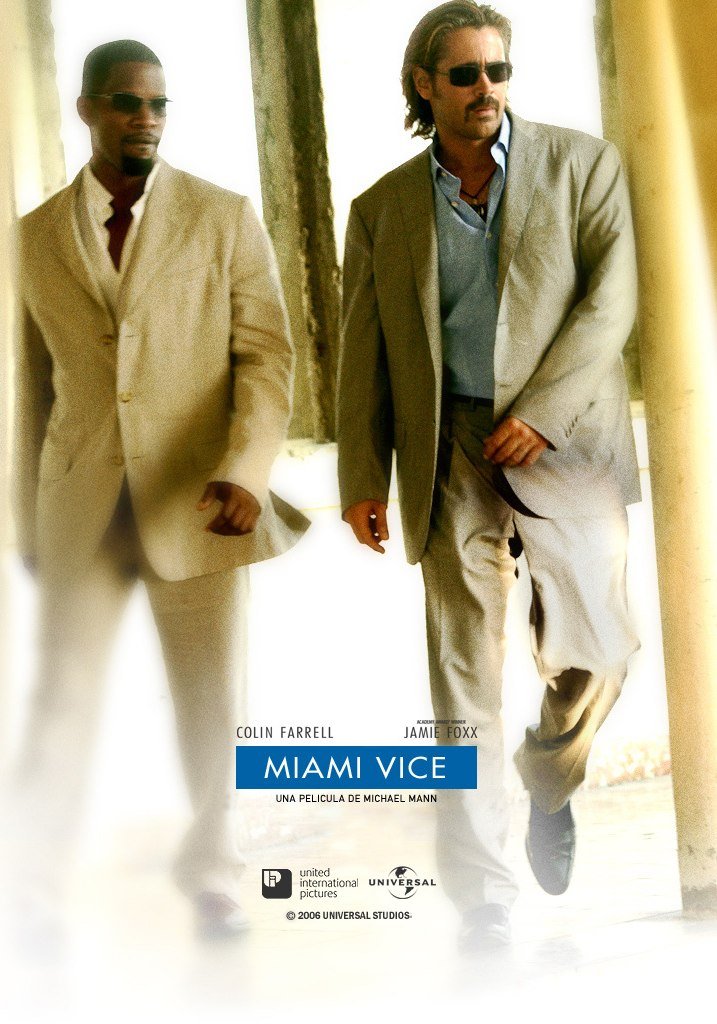
The emphasis on gloomy atmosphere and visual sensation over the film’s (largely nonsensical) plot makes Miami Vice highly rewatchable. Over time, what was initially enumerated as the film’s weaknesses have come to be viewed as strengths. “I’d be lying if I said that I’m not moved by it.”

“ Miami Vice looks and moves like no other movie,” raved The A.V. What a difference a decade makes. Now, Miami Vice has a burgeoning reputation as a cult favorite, especially among younger critics and filmmakers who consider it a touchstone in their love of movies. Upon release, things got even worse: Miami Vice was swiftly marked for cinematic oblivion as an indifferently received box office bomb. The film entered theaters with a lethal dose of negative buzz - Miami Vice had already suffered from bad weather, violent threats to the cast and crew, egotistical and hard-partying stars, and an obsessive director accused of driving up the budget and alienating co-workers while in pursuit of an indeterminate vision. That’s what critics and audiences thought they saw in the summer of 2006 after watching Michael Mann’s big-screen reboot of Miami Vice.

You know what’s less ethereal than liquid or gas? Hot air. This interchange is ethereal.” - Opening exposition from Michael Mann’s screenplay for Miami Vice “We are at the delicate interface between ocean and air … liquid and gas … the event horizon where molecules evaporate.


 0 kommentar(er)
0 kommentar(er)
